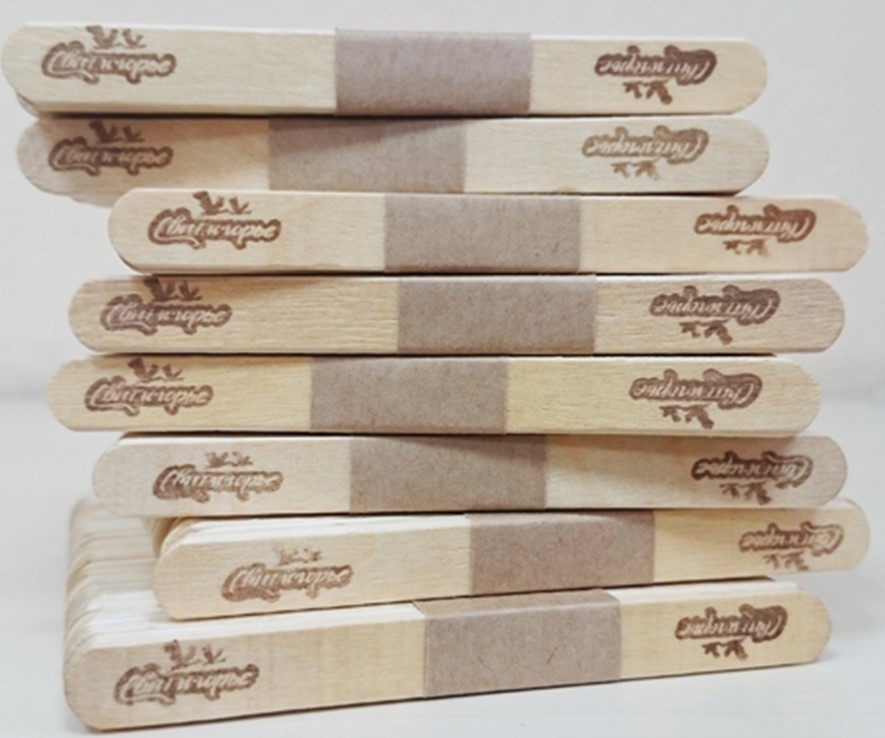How to assess the impression of visitors from the store - the case of "Perekrestok"

Retailers use in competition:
Prices. Price competition is getting worse: stores and chains are divided into price niches (premium/middle class/economy, etc.), and each has its own competing stores. In order not to lose margins, prices for some goods have to be made a little lower, and for some - a little higher than those of competitors. As a result, disloyal consumers, for example, either carefully monitor where buckwheat is cheaper and where they need to buy rice, or they stop feeling that prices are lower in some stores and higher in others.
Service. There has been a lot of talk about him in recent years. Many people in RUSSIA still have memories of trying on clothes while standing on cardboard at the clothing market. Now the basic level of service is almost everywhere:
the goods are arranged in the trading floor by category, which means that the client has the opportunity to quickly find and “feel” what they need; different payment options are available: cash, card, phone and even biometrics; The covid-19 pandemic and related lockdowns have forced all players in the market to provide customers with the opportunity to shop online and receive orders in a short time.For a consumer to come back, you need to be memorable. If a consumer goes out of habit to a particular store, another reinforcement of this habit is needed; if faced with a choice of where to go, one must be on his list of those who first come to mind. Therefore, companies spend a lot of resources on designing and analyzing customer experiences.
How to analyze the impressions of store visitors? You can start with qualitative research methods. For example, build a client journey (CJM), drawing his emotional curve as he travels along this path. Or do a lot of JTBD interviews (Jobs To Be Done - an interview that helps you understand what motivates customers to buy your product), or even full-fledged ethnographic research. Such methods are good for getting hypotheses for further testing in quantitative ways, but they are difficult to collect statistics to say with confidence that you have not identified the "pain" and "pleasure" of only certain very specific people.
What to do? it is worth starting with quantitative methods, understanding and analyzing the data that you already have. This requires analysts with an inquisitive mind.
Let's analyze the case of the Perekrestok network (part of the X5 Retail Group)Given: The results of an NPS study, which was conducted by calling customers of food chain stores. In particular, they were asked about what they liked and disliked during the visit. The customer comments were then divided into ten categories: assortment, product quality, visit convenience, and so on.
The task was to find out what and how influences the perception of customers of certain aspects of the experience of interacting with the store. In other words, it was necessary to determine the degree of influence of certain aspects of the store's work on customers.
Stage No. 1. We chose which specific aspects we want to analyze We formulated 58 ideas - triggers of customer emotions to digitize the ten main categories of customer impressions, for example, “the customer noticed an expired product”, “couldn’t find the product after rearranging the store - I don’t like it when products change places." For each trigger, we worked out a list of necessary data sources for digitizing these ideas; within each category, ideas were ranked according to complexity and expected effect. We selected 20 ideas that seem to be the most promising. We chose for digitization those of them that belong to the categories "staff" and "product quality". Stage number 2. Collected data from different sourcesWe chose a data depth of one calendar year. Data warehouse tables and downloads from different systems were used as initial sources, on the basis of which we compiled a showcase of attributes for analytics. It included:
Read together with it:
- Матричные РНК-вакцины от COVID продлили жизнь тяжелых раковых больныхМатричные РНК-вакцины против коронавируса продлили жизнь пациентам, больным раком в самой тяжелой, четвертой стадии, сообщает The Washington Post. К такому выводу пришли исследователи Онкологического центра имени М. Д. Андерсона Техасского университета и Университета Флориды. «Эти данные невероятно интересны, но они должны быть подтверждены в ходе третьего этапа клинических испытаний», — заявил од...
- Новое видео на нашем канале: Тысячи верблюдов под одним взглядом: как устроена смотровая площадка в конецентре Бауржана ОспановаРазговор с Бауржаном Кенесбековичем Оспановым о верблюдоводстве в Казахстане. Зачем казаху верблюд, как устроен конецентр и смотровая площадка где тысячи верблюдов проходят бонитировку. И снова, друзья мои, мы беседуем с известным казахстанским бизнесменом и меценатом Бауржаном Кенесбековичем Оспановым - человеком, который не просто развивает сельскохозяйственный бизнес, но делает это системно, с ...
- Jobs, Musk, Bezos: How Business Gurus Make Meetings Less ExhaustingSteve Jobs once refused to attend a meeting with the US President because the attendee list was too long. Anna Yoshitsugu, Senior Strategy and Development Manager at Uber, explains how business gurus prevent meetings from "stealing" their time.Let's say you hold one meeting each week, it lasts two hours, and there are ten people in attendance, each with an average salary of 1......
- Yle has learned of the possible closure of a Finnish airport popular with Russians.Lappeenranta Airport, Finland Lappeenranta Airport inFinland may close due to losses, according to Finnish broadcaster Yle. Among its clients were tourists from RUSSIA, whose numbers have declined sharply since 2014. According to the television company's data, the airport's operations may be suspended due to EU policy, which stipulates that unprofitable airports should not be supported by public f...
- New video on our channel: Rashit Kazikhanov's 90th birthday. Breeding work and new lines of Edilbaev sheep at the Suleimenov farm.International conference dedicated to the 90th anniversary of Academician Rashit Kazikhanov. Edilbaev sheep, breeding, science, and practice. New productive lines of Edilbaev sheep at the Suleimenov farm, Kazakhstan . On October 3, 2025, an international conference dedicated to the 90th anniversary of Academician Rashit Kazikhanovich Kazikhan, a distinguished scientist who dedicated his life to sh...
- WP reported on the rise in the number of US citizenship renunciations due to politicsAmericans living abroad have increasingly renounced their US citizenship for political reasons, especially since Trump's election victory. They are also renouncing their US passports due to the tax burden. US Embassy in London , EnglandAmericans living abroad have begun to renounce their citizenship in their home countries more frequently for political reasons, The Washington Post (WP) reports, ci...
- A new approach to monitoring: Rosselkhoznadzor uses drones to inspect livestock farms in Transbaikalia.During a series of on-site surveys conducted on October 8 and 15, 2025, in the Karymsky and Chita districts, serious violations of veterinary legislation were recorded. Among the issues identified were the unauthorized storage of manure, the lack of disinfectant barriers at entrances, and inadequate fencing of areas. Processing the collected data will enable the necessary measures to be taken in a...
- Rostov Region is among the top three in terms of export potential in Russia's agro-industrial complex.The ranking used 22 indicators reflecting the development of the agricultural sector and the promotion of Russian products in international markets. Regions were divided into three groups based on their level of economic activity: very high, high, and medium. The first group included the Belgorod, Rostov, and Voronezh regions; the second group included Kaliningrad, Penza, and Udmurtia; and the thi...
- Fiberglass, lumber, composites. Belarus demonstrates export potential in Azerbaijan.Photo by the National Center for Marketing and Price Study, October 15, MINSK . Valeria Shatilova, HEAD of the Exhibition Department, told a BELTA correspondent about Belarusian companies' presence at the exhibition in Azerbaijan. The BakuBuild International Construction Exhibition has opened in the Azerbaijani capital, with Belarusian companies actively participating. Belarus is represented by Po...





























































